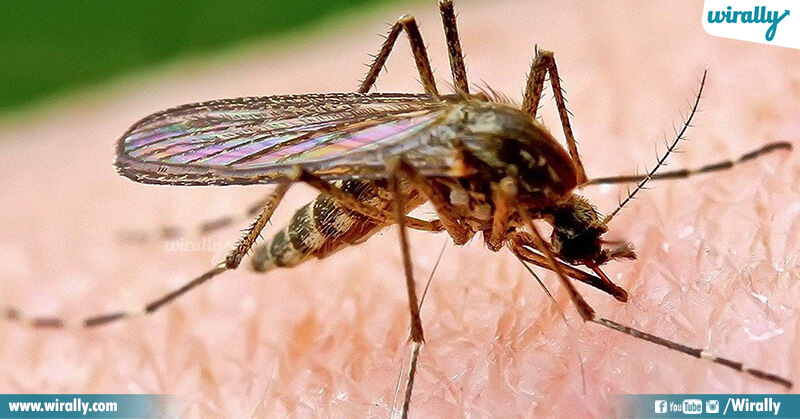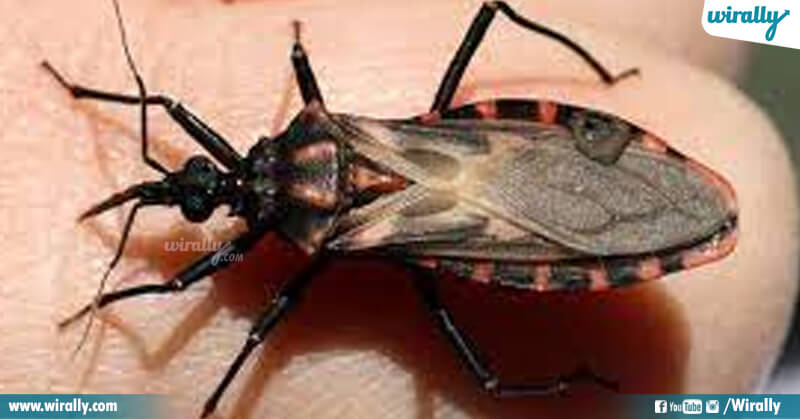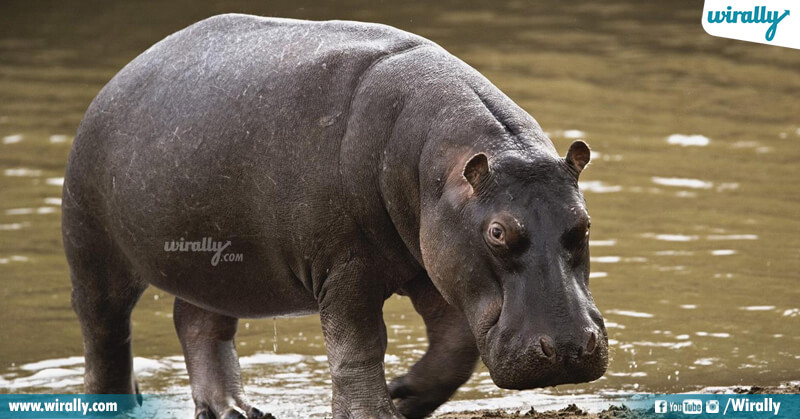Top 10 Most Dangerous Animals in the World
There are animals everywhere around us. Many people don’t realize how hazardous some of the animals that live around our communities are because of their proximity. What animal is the most lethal in the world? In this article, we’ll talk about the ten deadliest animals in the world, rated according to the number of fatalities they have caused, with some modifications made for aggression, the percentage of fatal attacks, and other similar characteristics.
1. Mosquitoes:
The world’s deadliest and most dangerous animal—yet one of its tiniest—is the mosquito. According to estimates, mosquitoes contribute to between 750,000 and one million annual human fatalities. They can spread a variety of diseases, such as the West Nile and Zika viruses, dengue fever, malaria, and dengue fever. Over 500,000 infections result in death each year, with malaria being the primary cause. The mosquito has firmly established its place at the top of our list of deadliest animals with its hostility, even without such an outlandish historical estimate. Fortunately, the majority of deaths brought on by them have a place in remote areas or impoverished nations with little access to medical care.

2. Snakes:
It appears that ophidiophobia, or the fear of snakes, may not be as illogical as previously thought. According to conservative estimates, approximately 100,000 fatalities are caused by snakes each year. The Inland Taipan is thought to be the most elusive and poisonous venomous snake in the world. It is an Australian native that can envenomate several bites in one strike. They are extremely shy and alone while being among the deadliest animals on the earth. There have only been a few sightings thus far. They have a temperate disposition and only attack if they feel threatened or trapped. Whenever they come into contact with humans, their first reaction is to flee.

3. Dogs\ Wolves:
One of our deadliest threats is man’s best friend.
Each year, dog attacks in the United States alone result in 30 to 50 fatalities. Many of these mauling’s were the product of a single dog, frequently a family dog or a neighbor’s dog. Other murders were committed by canine strays. Compared to the number of fatalities brought on by rabies infections in dogs, direct deadly dog-on-wolf confrontations are incredibly uncommon. Once more, the vast majority of those fatalities occur outside of first-world nations and are due to a lack of access to cutting-edge medical care.

4. Freshwater Snails:
Unexpectedly, the freshwater snail ranks as the second deadliest species on our list. Similar to the other less dangerous species we have covered, it is not the sickness that the snail itself directly causes in humans, but rather the disease that it spreads. Schistosomiasis is a parasite infection that affects several million people annually, with 20,000 to 200,000 of those cases ending in death, according to estimates from the World Health Organization. Infected people with schistosomiasis experience severe abdominal pain and blood in their urine, but it seldom results in death outside of developing nations. Unreliable government reporting and the dearth of medical care in these rural regions and developing countries are to blame for the wide range of potential fatalities.

5. Crocodiles:
On our list of the world’s deadliest creatures, the crocodile comes in as the next apex predator. One of the biggest, most aggressive, and deadliest animals in the world, crocodiles are said to be responsible for 1,000–5,000 fatalities per year. Crocodiles can move at speeds of up to 25 mph and weigh over 2,000 pounds. They also have a powerful bite. The only animal on this list that actively hunts and preys on people is the crocodile. The Nile crocodile, which inhabits the areas surrounding the Nile River and is the deadliest species, was so dreaded by the ancient Egyptians that they carried symbols of their crocodile god to ward off the reptiles.

6. Kissing Bugs:
Their predisposition to target the soft tissue areas around human mouths is what gave these species their more well-known name of kissing bugs. The proboscis on these bugs’ bodies is utilized as a tool, for protection, as well as for hunting. Most kissing bugs, which are common around the world, only bite people in an unusually painful way; however, a few species that live in Central and South America are known to spread the deadly disease Chagas disease. Even in the absence of therapy, Chagas disease fatality rates are modest, but due to the broad nature of the parasite infection, even a five percent mortality rate results in 12,000–15,000 organ failure-related fatalities annually.

7. Tsetse Flies:
Humans are not killed by the tsetse fly’s physical bite, as will be the case with the bugs to follow, but rather by the illness that results from the bite. Given the region’s lack of medical resources, African sleeping sickness is an extremely challenging illness to cure, yet it always has a fatal outcome when left untreated. Mortality estimates range as high as 500,000 due to the area’s isolation and lack of accurate data, while more trustworthy sources suggest that only about 10,000 people pass away a year as a result of tsetse fly bites.

8. Hippopotamuses:
The hippopotamus, which is the third-largest terrestrial mammal in terms of size after the elephant and the rhinoceros, causes roughly 500 fatal human interactions annually, precisely like the final creature on our list. But because of their reputation for being violent, aggressive, and fiercely territorial, they were given a higher ranking. Hippos may utilize their razor-sharp teeth, which can grow up to 20 inches long, quite effectively to attack boats that intrude into their habitat. They bite, tread, and hold their opponent underwater till they perish in their attacks.

9. Elephants:
Elephants are typically regarded as perceptive, kind animals, and for many years, they have been a mainstay of circus acts. Because of their intelligence, complicated emotions, and intricate social structures, they perform so effectively, but because they are the largest land mammal, they also have a tremendous amount of weight and the strength that goes along with it. While elephants in the wild can be territorial and protective of their family members, those kept in captivity are capable of rage and revenge. Every year, 500 people lose their lives to being stomped, tossed, crushed, or other dreadful methods during interactions with elephants.

10. Sharks:
Although sharks are sometimes portrayed as vicious murderers in films and television shows, the truth is very different. Sharks only cause a few hundred human attacks worldwide, and they only cause six to seven fatalities every year on average. About every two years, a shark attack results in a fatality in the US. The great white shark, the bull shark, and the tiger shark account for the highest rates of fatal attacks. Only about 12 of the more than 375 shark species that have been discovered are regarded as deadly. The likelihood of being bitten by a shark and dying, as a result, is only 1 in approximately 3.5 million, even though the average shark bite can exert up to 40,000 pounds of pressure per square inch.



















